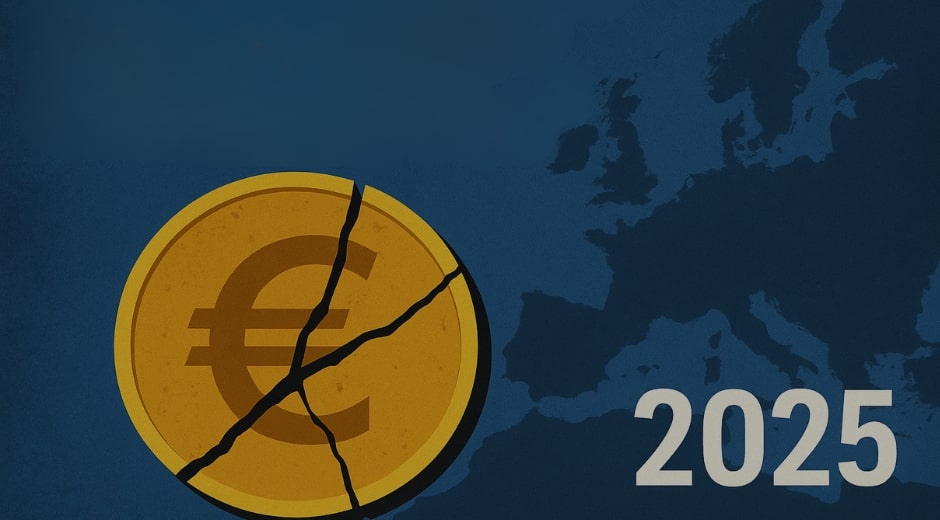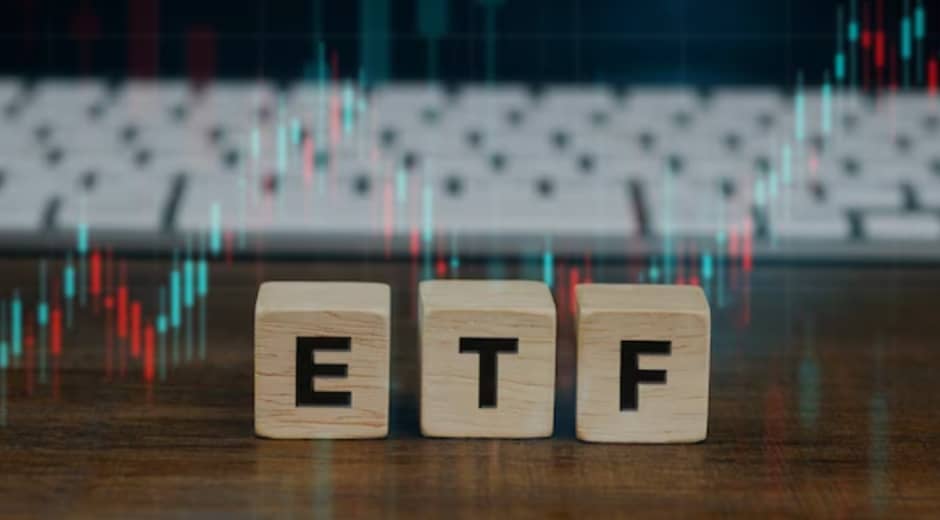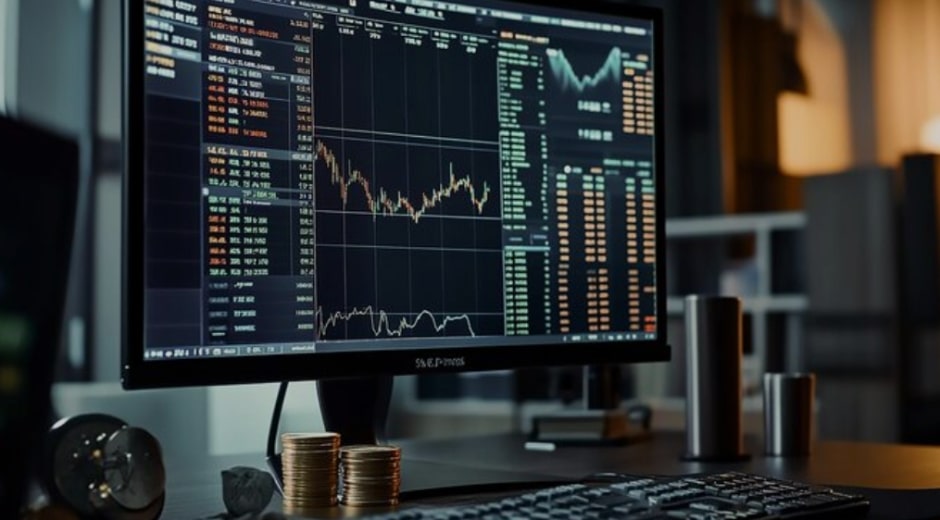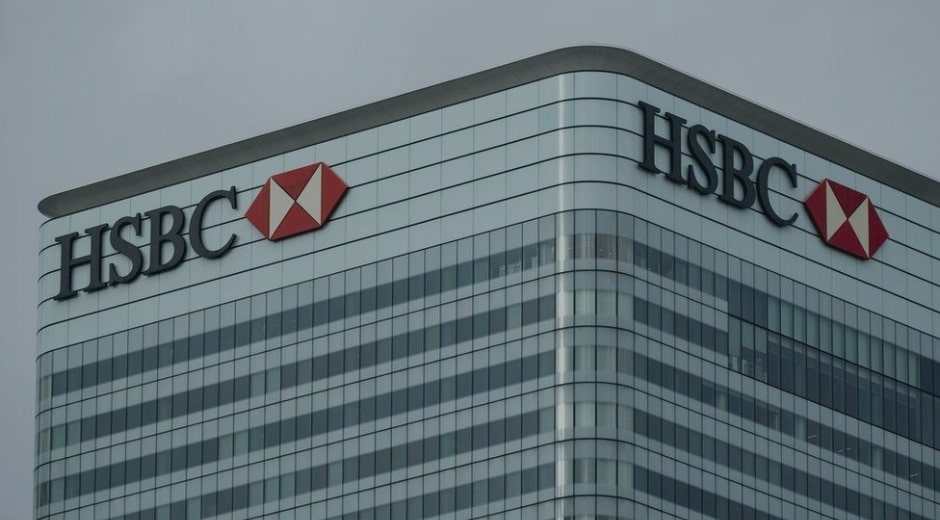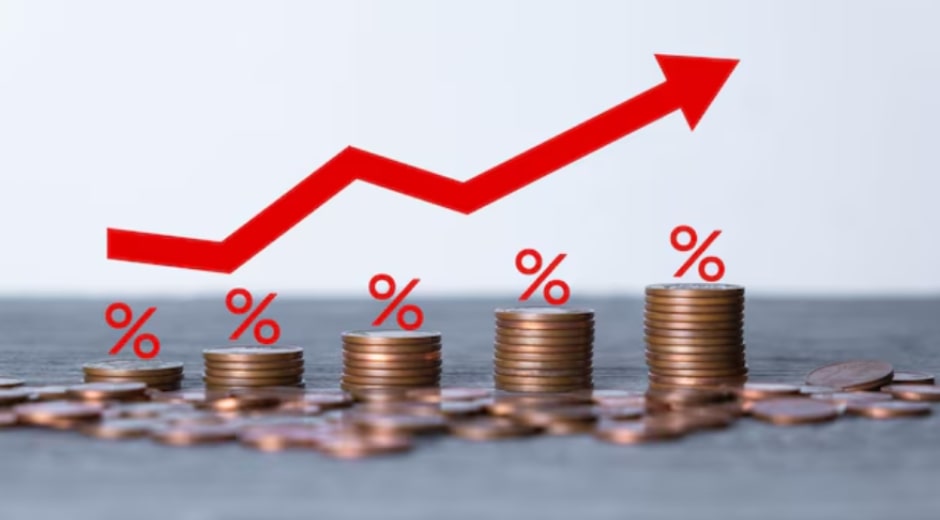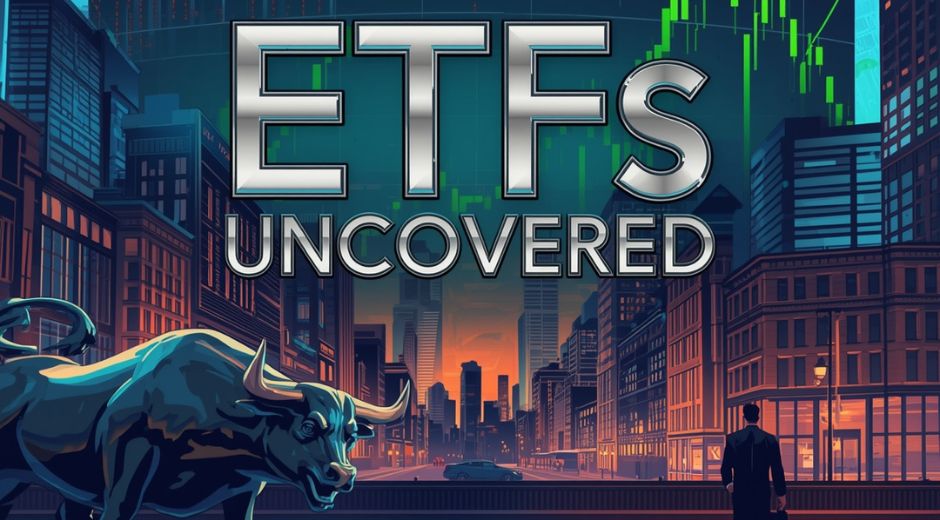Europe and the Future of Exchange Rate Competition
In 2025, Europe faces a defining economic challenge: how to maintain monetary stability while navigating growing global competition in exchange rates. With trade realignments, inflationary aftershocks, and the rise of digital currencies, exchange rate dynamics are evolving into a new frontier of geopolitical influence.
1. A Shifting Global Monetary Landscape
The post-pandemic recovery has intensified global monetary competition. The United States, China, and Japan are deploying flexible currency strategies to stimulate exports and defend market positions. Europe, by contrast, remains committed to long-term stability—a stance that both protects and constrains it.
As Gaming News Head recently reported, speculative forex flows into the eurozone reached record highs in early 2025, reflecting confidence in the euro’s resilience. Yet this same strength now challenges the competitiveness of European exports, particularly in high-tech manufacturing and energy.
2. The Euro’s Dual Role: Symbol and Strategy
The euro is not just a currency—it’s a symbol of integration. But as a monetary strategy, it’s also a balancing act between growth, stability, and political cohesion. The European Central Bank (ECB) must manage exchange rate fluctuations while safeguarding the euro’s credibility as a global reserve currency.
A strong euro enhances Europe’s financial reputation but can hurt exporters. Conversely, a weaker euro can boost trade but risk inflationary spillovers. This delicate equilibrium makes Europe’s position in exchange rate competition uniquely complex.
3. Digital Currencies and the Technological Shift
The emergence of central bank digital currencies (CBDCs) and blockchain-based financial infrastructure adds another layer to exchange rate strategy. The European Central Bank’s work on the “digital euro” aims to enhance cross-border efficiency while ensuring security and monetary control.
According to Style Radar Point, digital transformation could redefine global currency influence, with digital interoperability replacing traditional currency pegs. If the eurozone succeeds in integrating digital and traditional systems seamlessly, it may gain a first-mover advantage.
4. Inflation Control Versus Export Competitiveness
Inflation remains the central variable shaping exchange rate policy. Europe’s moderate but persistent inflation levels have forced the ECB to maintain a cautious stance on interest rates. Meanwhile, looser monetary policies in Asia and the Americas risk pushing the euro higher—tightening conditions for European exporters.
This divergence illustrates a recurring tension: price stability versus competitiveness. Each percentage shift in the euro-dollar rate carries significant implications for European GDP growth.
5. Political Coordination: The Hidden Variable
Behind the numbers lies politics. Exchange rate stability requires more than economic models—it demands consensus among 27 nations with distinct fiscal realities. From France’s push for industrial stimulus to Germany’s caution on debt, the eurozone must reconcile competing priorities.
Without deeper fiscal integration, exchange rate management becomes a series of compromises. Yet these compromises are precisely what prevent escalation into outright currency conflict.
6. External Pressures and the Role of the United States
The U.S. Federal Reserve’s policies often set the tone for global exchange rate movements. If the Fed cuts rates to spur domestic growth, the euro could appreciate further. Conversely, a tightening cycle could weaken it. This interdependence underscores Europe’s limited control in a globally synchronized economy.
To navigate these crosscurrents, Europe is strengthening trade alliances and exploring regional financial buffers to protect against external shocks.
7. Lessons from History and the Path Forward
As Taste Flavor Book notes in its macroeconomic commentary, “Europe’s strength has always been its ability to learn from crises.” From the 1992 Exchange Rate Mechanism turmoil to the 2008 financial crisis, the continent has repeatedly transformed its monetary frameworks through resilience and reform.
The future will likely see an adaptive, multi-layered approach to exchange rate management—combining data-driven policy, digital currency integration, and real-time global coordination.
8. The Rise of Strategic Currency Partnerships
As Europe seeks to safeguard its economic autonomy, new alliances are emerging. Bilateral currency agreements with emerging markets could provide mutual stability, while greater cooperation with Asian economies could reduce volatility in trade settlements.
These partnerships might not resemble the rigid pegs of the past but instead dynamic frameworks that allow flexibility within trust-based boundaries.
9. Exchange Rate Competition in the Green Economy
Sustainability is increasingly influencing monetary strategy. The transition to green industries and carbon-neutral trade will reshape value flows and, consequently, exchange rates. The eurozone’s investment in sustainable finance may soon become a key lever of monetary influence.
By integrating ESG metrics into economic planning, Europe could link environmental and fiscal policy in ways that redefine competitiveness for the next generation.
Conclusion: Europe’s Strategic Choice
The question is no longer whether Europe can compete—it’s how it chooses to compete. In a world where digital finance, climate strategy, and geopolitical shifts converge, exchange rate competition is evolving beyond simple valuation tactics. It is now about trust, technology, and long-term vision.
Europe’s future success will depend on balancing these forces—leveraging its institutional strength, innovating its monetary systems, and reinforcing unity in diversity. If managed wisely, the euro could emerge not just as a regional currency, but as a model for global economic sustainability.
For deeper analysis on global currency trends, visit our Eurozone Trends 2025 Insight Center for exclusive commentary and expert forecasts.
Further Reading
Education Made Simple

Commodities Unlocked: Why Gold, Oil, and More Still Matter in Modern Portfolios
Discover how exchange-traded funds (ETFs) are revolutionizing investing. Learn about thematic ETFs, diversification, risk factors, and strategies for smarter portfolio building.

Crypto Reimagined: How Digital Assets Are Reshaping Global Finance
Discover how exchange-traded funds (ETFs) are revolutionizing investing. Learn about thematic ETFs, diversification, risk factors, and strategies for smarter portfolio building.

ETFs Uncovered: How Exchange-Traded Funds Are Changing Investing 2025
Discover how exchange-traded funds (ETFs) are revolutionizing investing. Learn about thematic ETFs, diversification, risk factors, and strategies for smarter portfolio building.

Investing in Disruption: Stocks Poised for the Next Big Leap
In a landmark move for the AI industry, Nvidia and OpenAI have announced a $100 billion strategic partnership to build at least 10 gigawatts of AI data center capacity.

Gold Prices Surge to Record Highs Near $4,000 Amid Global Political Uncertainty
Gold prices have soared to record highs near $4,000 per ounce as global investors flock to safe-haven assets amid mounting political tensions and market instability. Analysts see strong momentum supported by central bank demand and persistent geopolitical risks.
